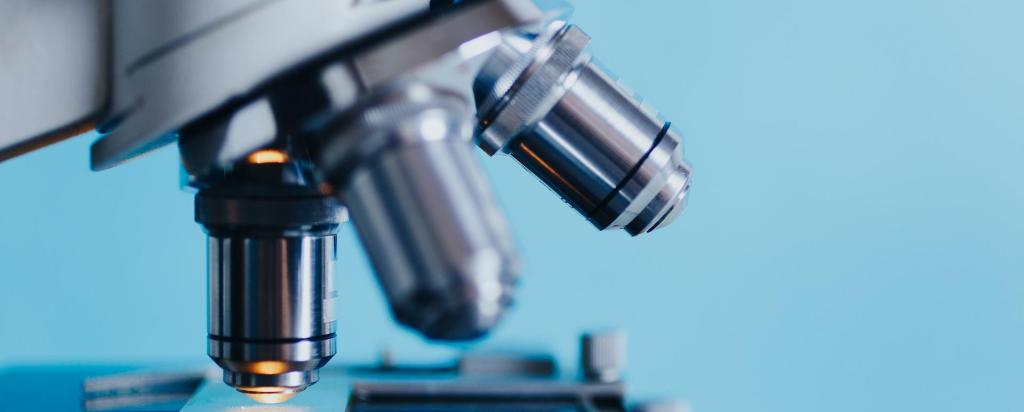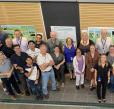

Showing 21 - 40 of 418 results


The Australian Synchrotron
A world-class national research facility that uses accelerator technology to produce a powerful source of light-X rays and infrared radiation a million times brighter than the sun.
Connect with ANSTO's Women in STEM
Read about an ANSTO scientist and their work to prepare for a school project or interview.

Call for Proposals
Proposals at the Australian Centre for Neutron Scattering and National Deuteration Facility.

Medium Energy X-ray Absorption Spectroscopy Beamline (MEX-1 and MEX-2)
The Medium Energy- X-ray Absorption Spectroscopy beamlines will provide access to XANES and EXAFS data from a bending magnet source, optimised for cutting-edge applications in biological, agricultural and environmental science in an energy range that is not currently available at the Australia Synchrotron.

Role at ANSTO
2023 Think Science Competition Summary and Results
Think Science! 2023 Summary and Results
The science of fireworks
There is chemistry at work to help us enjoy the New Year's Eve celebration.
A sparrow has taken flight
Spatz neutron reflectometer becomes 15th neutron scattering instrument that is used for studies of biological materials and other soft matter.
National medical facility to triple production of radiopharmaceuticals
Science Highlights - IMBL
A selection of research highlights, instrument news and technical developments for scientists.
Earth-based research link to International Space Station
Neutron scattering instruments used by Japanese researchers.
Accommodation, Meals and Transport
Stopping yellow spot fungus that attacks wheat crops
Collaborators used X-ray imaging to understand the fine detail of how a damaging fungal pathogen reduces leaf function and grain yield of wheat crops.

Feather Map of Australia
Bully T cells key to next generation flu vaccine
Cancer drug development to be turbocharged as ACRF funding brings ‘broadband’ protein analysis to Australia

Defence and aerospace
Defence requirements push your technology, we can help. ANSTO is home to some of Australia’s most important landmark research infrastructure – more than $1.3bn of it. Our unique capabilities are used by thousands of Australian researchers from industry and academia every year.

Our impact
Recent news, highlights, and impact case studies from CAS’ research and industry user communities and collaborations/partners
Graduate Profile – Vienna Wong
PhD candidate Vienna Wong is using her FutureNow Scholarship to research ultra-high temperature ceramics, which are emerging materials for extreme environments.